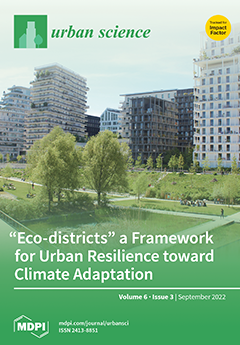Addis Ababa is one of the eleven cities in Africa that have been taking bold action in meeting the objectives of the Paris Agreement. At the present time, the city is working toward reducing greenhouse gas emissions and enabling the city to be resilient to the impacts of climate change. To make the city carbon neutral and resilient to climate change, the coordination of different sectors and actors is crucial. To this end, the planning and implementation of mitigation and adaptation measures needs effective climate change governance. Thus, this study was intended to explore the effectiveness of climate change governance in Addis Ababa City, Ethiopia. The study followed both quantitative and qualitative research approaches and relied on both primary and secondary data sources. A survey of 232 respondents, who were environment experts at different levels, was conducted using questionnaires. In addition, interviews and observations were conducted to gather relevant data. Secondary data were collected from different sources. The quantitative data were analysed using relative importance index (RII) analysis. The study found that existing environmental policies, strategies, regulations, proclamations, laws, and implementations in the city were facing major challenges in terms of weak accountability, the poor enforcement of regulation, and the failure to involve key actors, especially NGOs, communities, and private sectors; these failures were characterized by weak institutional setup and a lack of formal systems allowing actors (private sectors, communities, and NGOs) to interact to respond to climate change. Hence, climate change governance was ineffective in terms of accountability, participation, law enforcement, equity, institutions, the role of actors, and partnership. Thus, the Addis Ababa City Environmental Protection and Green Development Commission should give more emphasis to the coordination of other actors (NGOs, communities, private sectors, and research institutions) to respond to climate change in the city. In addition, the commission should provide training to the lower layers of experts and mobilise the community for climate change response, particularly in the undertaking of adaptation measures. Furthermore, Addis Ababa City administrators should give due attention to climate change response through an established strong accountability system to enforce regulation, rules, proclamations, laws, policies, and strategies in different sectors.
Full article





